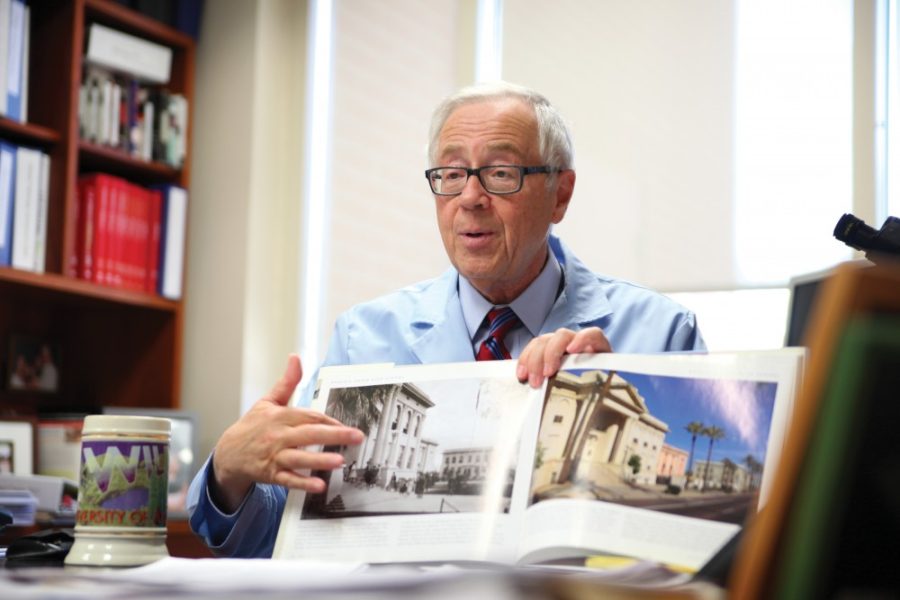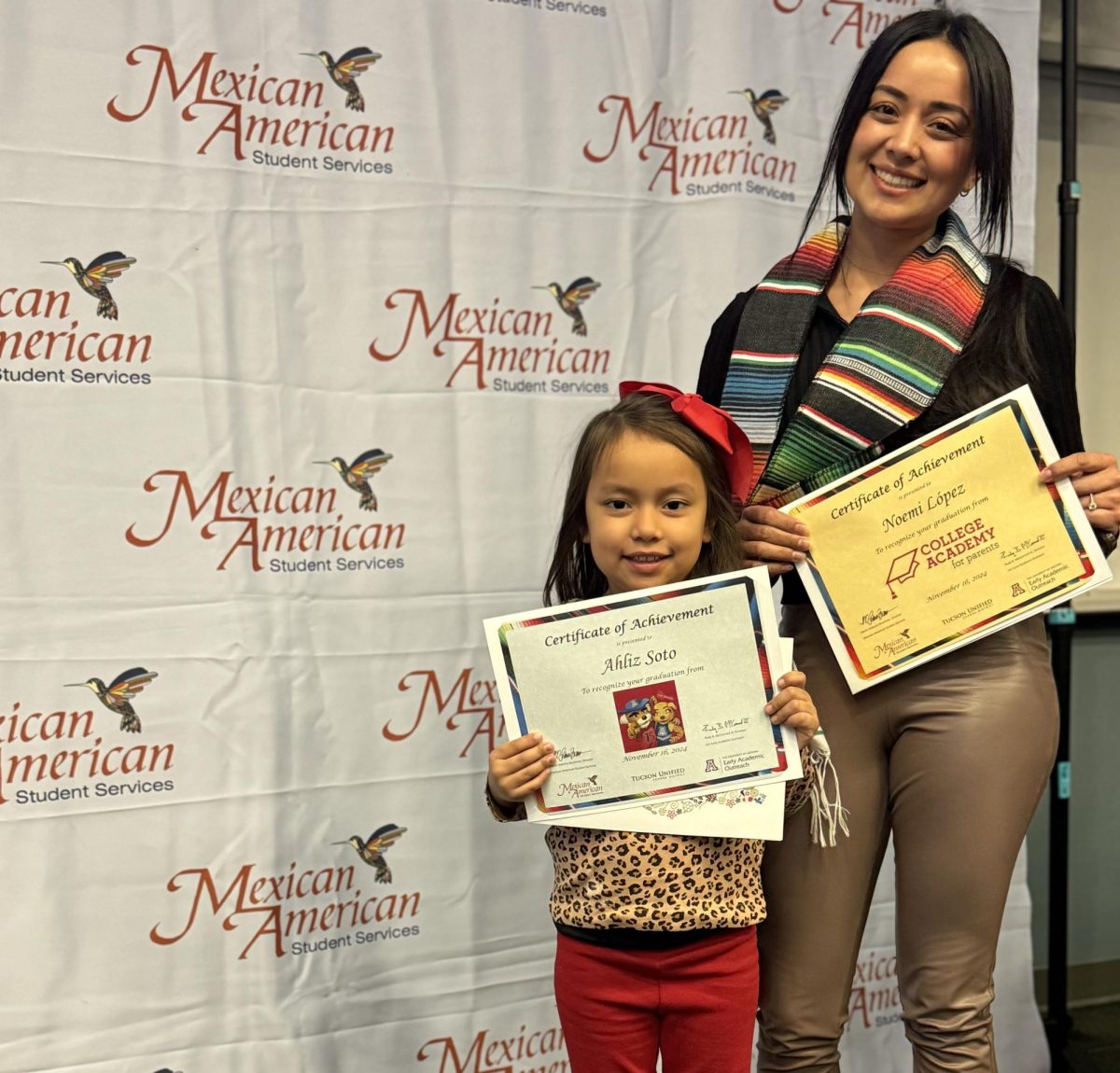UA professors are combatting the problem of health literacy through the initiation of medical courses in Arizona secondary schools.
Low health literacy is linked to higher risk of death and more emergency room visits and hospitalizations. In the United States, “only 12 percent of the population has a proficient health literacy level,” according to the Agency for Healthcare Research and Quality report.
Ronald Weinstein, founding director of the Arizona Telemedicine Program and a pathology professor in the UA College of Medicine, along with Dr. Anna Graham, professor emerita of pathology in the College of Medicine, wanted to rectify this problem.
The two doctors introduced college-level medical science coursework in 2009 to the students of Phoenix Union Bioscience High School as a course and lecture series. After receiving positive reactions and feedback, they decided to present the course to high school seniors at BASIS Tucson North for three months through the Arizona Telemedicine Program. The course is now being taught to eighth and ninth-graders at BASIS Oro Valley.
The instructors from the telemedicine program strive to challenge middle school and high school students by keeping the work quality as similar to college-level courses as possible, according to Weinstein. The professors utilize the same labs, topics and slides when teaching students. Doctors us a combination of both hands-on work and lecture to keep the students engaged.
Students are given the chance to examine and evaluate human organs as well as visit the medical simulation lab on the UA campus. In the same lab, students can perform a laparoscopy, pass an air tube and resuscitate a patient, according to Weinstein.
“Patients should be taking greater responsibility for their own health, but they aren’t being prepared in school,” Weinstein said. “We aren’t teaching about the diseases that kill 90 percent of people. That’s out of bounds on almost every college campus. The issue of human disease is so directly applicable to everybody’s lives.
“Basically, the capabilities of students are [being] underestimated,” he continued. “It is a major pitfall in the U.S. education.”
Finding a solution to this issue needs to happen sooner rather than later, Graham said.
“Some people are not even fully literate to read things like magazines and newspapers, and when you add the additional complexity of medical terminology and so forth, people don’t know what their doctors are saying,” she said. “It is our feeling that people need to become more familiar with how their bodies get sick and how they can get better and we figure if we introduce this at the high school level then they’ll have a good start on being able to grow that body of knowledge.”
Weinstein also said the lack of education in primary and secondary schools is concerning.
“[Typical health classes] in high school don’t cover mechanisms and disease. You learn about sex education, about condoms or how to read a prescription. We think that people should understand mechanisms in disease before they graduate high school,” Weinstein said.
The reaction from students has been a positive one, according to Graham.
“The students have been extraordinarily enthusiastic. When [students from Tucson North] did their presentations on various diseases at the end of the trimester to a large audience, they performed very well and expressed their excitement about being involved in the program,” Graham said. “So far [the eighth and ninth-graders] reaction has also been very positive and they’ve done well up to this point in terms of testing and quizzes that we’ve given them.”
Some staff members commented on some of the factors that contribute to the program’s success.
“We do have a small staff and most of them share their time elsewhere and that’s what makes the [program] work,” said Kristine Erps, associate director for administration for the Arizona Telemedicine Program. “We do a lot of time sharing which makes us stronger and solid and it gives
the state more bang for their buck.”
As the winner of the 2012 Technology Innovation Award for these programs, Weinstein offered his opinion on the innovation present at the UA.
“I think the UA is a great environment for innovation. The university has obviously been very supportive. [My award] indicates the support for this kind of research and interest in innovation on campus and that the university encourages and rewards for innovation,” Weinstein said. “I think [these courses] are the leading edge of what health literacy education should be like in the U.S.”









